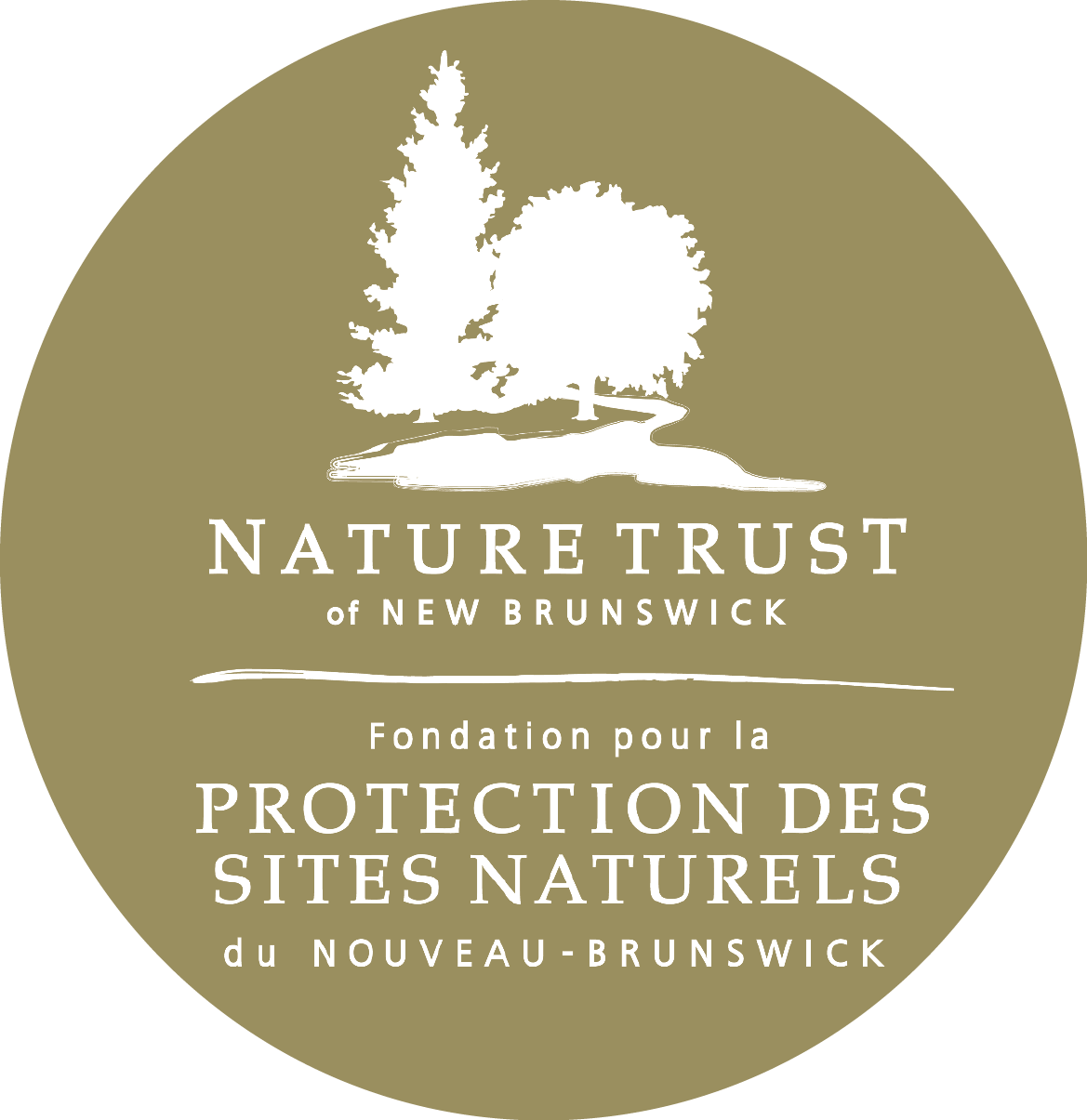FORGING A SHARED PATH FOR CONSERVATION
FORGING A SHARED PATH FOR CONSERVATION
THE NATURE TRUST AND THE PESKOTOMUHKATI NATION AT SKUTIK HAVE EMBARKED ON A PATH OF SHARING AND LEARNING TO PROTECT AND HEAL THE SKUTIK LANDS AND WATERS
Written by: Aaron Dowding, former Conservation Planning Manager for the Nature Trust of New Brunswick. This piece was written for and originally published in the 2020-2021 Gratitude Report. It is reproduced here with minor edits.
Canoose Stream is a dark and rocky stretch of water that twists and bumps a westward course to its mouth at the St. Croix River and the New Brunswick-Maine border. This is a land of dense forest with few roads and scattered camps along the river’s edge. Naturalists know the place where these two rivers meet for all the unique and rare flora that can be found here. Cardinal flower, Joe Pye weed, silky dogwood; these and other plants help tell the story of this land and why conservationists want to protect it. On this part of the river, the St. Croix runs wild and undammed, and its unspoiled beauty is deserving of its Canadian Heritage River designation. Our scientific understanding of the St. Croix River is only part of the story, however.
For many people, this river has always been known as the Skutik, and these lands are at the centre of the traditional lands of the Passamaquoddy People, whose true name is Peskotomuhkati. The Peskotomuhkati have lived on and around the Skutik River since time immemorial. Today, this community is regaining their voice and telling the story of their place on the land. It is a story that will reveal new truths for many of us, like the importance of these plants as medicines, and the generations of families who cared for and gathered them year after year. And, that this treasured place where two rivers meet is also one of three First Nations reserves that were set up on this side of the border, but later taken again during European settlement, erasing the Peskotomuhkati Nation’s remaining footprint in Canada.
Several of the Nature Trust’s nature preserves are located on Peskotomuhkati traditional lands, including Clark’s Point on the Skutik River and Western Isles in Passamaquoddy Bay. Some of these places hint at the history of the Peskotomuhkati People – ancient campsites, shell middens, and place names in their language. One preserve in particular, the MacNichol-Orser property, is part of an evolving story and is now once again known as Chiputneticook Lodge. The 2,300-acre property is protected by a working forest conservation easement donated to the Nature Trust in 2006 by the Orser family. The lands protected by the easement have been owned by the Peskotomuhkati Nation at Skutik since 2018.
These lands are being managed by the Nation as a way to help their community members reconnect with the river, become caretakers of the land once again, and practice their culture uninterrupted. When the Nation took over ownership of Chiputneticook Lodge, it was the beginning of a relationship and partnership that has helped teach the Nature Trust the differences between Indigenous-led and colonial land conservation. The relationship has also given the Nature Trust the privilege of learning from the Nation on how to bring these approaches together, and that identifying our shared conservation values is critical to our path towards peace and friendship.
The Nature Trust and the Peskotomuhkati Nation have embarked on a path of sharing and learning how to use the strengths of both Indigenous and Western knowledge in our work together. For instance, where Nature Trust field technicians see rare shoreline plants, Peskotomuhkati Elders see important medicines for their community. In our partnership, both kinds of wisdom are valued and are respected for their contribution to understanding the land. Our shared journey is founded on common values of protecting and healing the Skutik lands and waters from more than two hundred years of industrialization, development, and overuse.
Together we have put these shared values into action in small, incremental steps over several years. Our organizations have shared meals, spent time on the land together, listened to Elders, and learned about each other and the long history of this land. All of this leads towards building trust and commitment to each other. Our work together now lies in caring for the nature preserves on Peskotomuhkati traditional lands, in an effort we currently call “shared stewardship.” Together, we will expand our ideas of what is possible for land stewardship.
Darran O'Leary, Peskotomuhkati First Nation
I feel fortunate to have a friend and mentor to do this work with. Darran O’Leary is from the Peskotomuhkati First Nation and together we have developed a friendship through our work over the past three years. He has been generous with his knowledge, and he has helped me learn to be mindful of the fact that what I have come to know may only be part of the story. Much like our two organizations who have built trust through working together, we too have come to trust each other by sharing, listening, and teaching. As partners in conservation, we look forward to sharing updates with you on how our organizations are practicing shared stewardship and how this is changing the way we do the important work of conservation in the Skutik region.




